Thursdays: Play, Joy, and Celebration
Tenth in the series of posts that celebrate creativity in Spiritual Practices.
“It is in playing and only in playing
that the individual child or adult is able to be creative and to use the whole personality, and it is only in being creative that the individual discovers the self.”
—D.W. Winnicott in Playing and Reality—
Many children who are impacted by trauma miss out on the crucial building blocks learned through play—a primary source of joy. Their play is often aggressive, overly competitive, and repetitive. It lacks the spontaneous creativity of healthy play.
In turn, many of those who did not experience healthy play as children do not know how to play in a carefree manner. Missing this foundational building block has many ramifications; one is the loss of joy.
Bessel van der Kolk also made the connection between play and joy when he wrote, “When we play together, we feel physically attuned and experience a sense of connection and joy. . . The moment you see a group of grim-faced people break out in a giggle, you know that the spell of misery has broken.”[1] It is clear that play is important in finding joy in life.
Understanding the role of play in finding joy and practicing celebration was crucial to my healing, as I explain in the following excerpt from Jeannie’s Brave Childhood:
“Never underestimate the importance of play in healing—for adults as well as children. Play is a path to understanding oneself, a window to learning, and an essential element in healing. Many forms of therapy involve the creative use of art, music, and play. All these were part of my path to healing.
When trauma occurs, it often robs children of the pure abandonment found in healthy play. The play of traumatized children often takes on a repetitive, lackluster character. In my story, this was especially true since my perpetrator played blocks with me to gain my trust. He robbed the joy of play from me. It was crucial for me to allow myself to play again.”
It requires some creativity to learn how to play like a child when you are an adult!
“I was fortunate to have a young granddaughter who was super excited her grandmother wanted to play with her. We played with Play Doh and Barbie dolls, took picture walks, colored, and created props for stories. My Facebook friends
enjoyed our adventures together, never realizing I was learning to play again.”
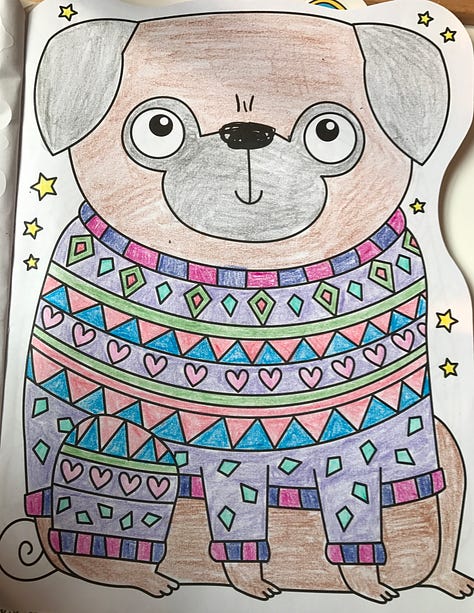

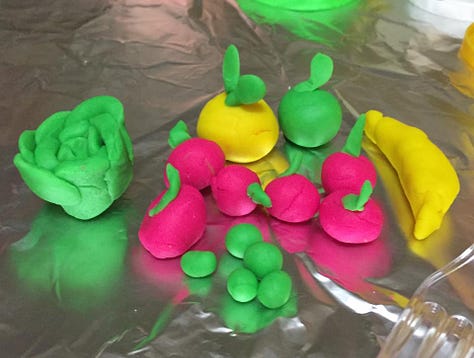
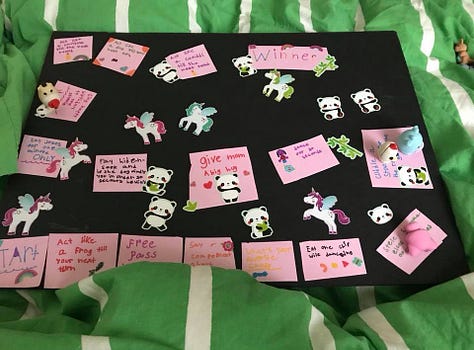
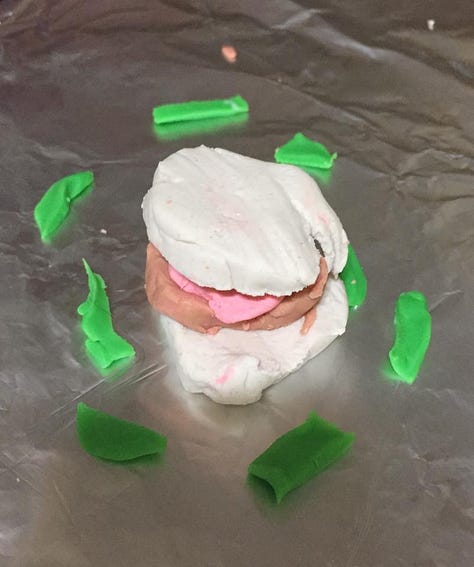

One of our favorite picture walks was the day we came across a fairy garden in a neighbor’s yard.
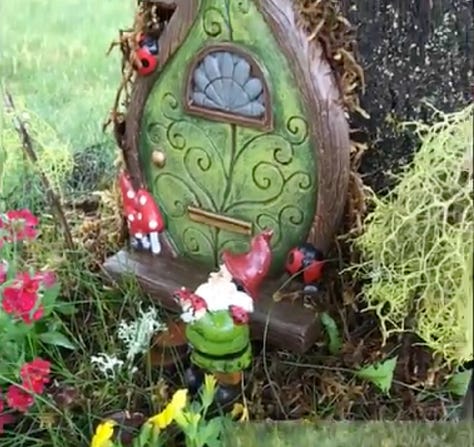

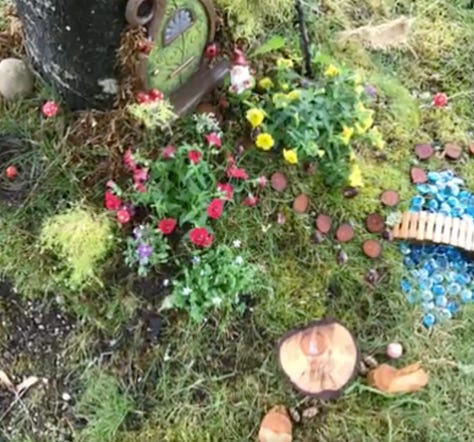
It was remarkable for me to understand that I had planned and orchestrated play experiences for my children and my preschool and kindergarten students without being able to access the ability to play. I understood it was important but found it extremely difficult to participate. The day my friend and I toured a museum/house and enjoyed “dressing up” (in a hands-on exhibit), it required so much intentional agency to play! My smile is a celebration!
[1] van der Kolk, The Body Keeps the Score (New York: Penguin Books, 2014).





